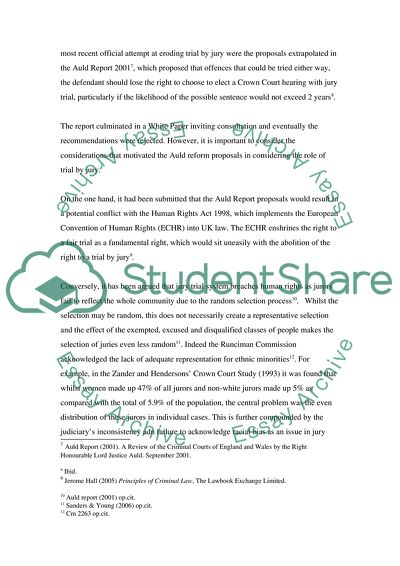Cite this document
(Why the Jury Is an Outmoded Institution and Ought to Be Discarded Coursework, n.d.)
Why the Jury Is an Outmoded Institution and Ought to Be Discarded Coursework. Retrieved from https://studentshare.org/law/1733828-the-jury-is-an-outmoded-institution-and-ought-to-be-discarded
Why the Jury Is an Outmoded Institution and Ought to Be Discarded Coursework. Retrieved from https://studentshare.org/law/1733828-the-jury-is-an-outmoded-institution-and-ought-to-be-discarded
(Why the Jury Is an Outmoded Institution and Ought to Be Discarded Coursework)
Why the Jury Is an Outmoded Institution and Ought to Be Discarded Coursework. https://studentshare.org/law/1733828-the-jury-is-an-outmoded-institution-and-ought-to-be-discarded.
Why the Jury Is an Outmoded Institution and Ought to Be Discarded Coursework. https://studentshare.org/law/1733828-the-jury-is-an-outmoded-institution-and-ought-to-be-discarded.
“Why the Jury Is an Outmoded Institution and Ought to Be Discarded Coursework”. https://studentshare.org/law/1733828-the-jury-is-an-outmoded-institution-and-ought-to-be-discarded.


